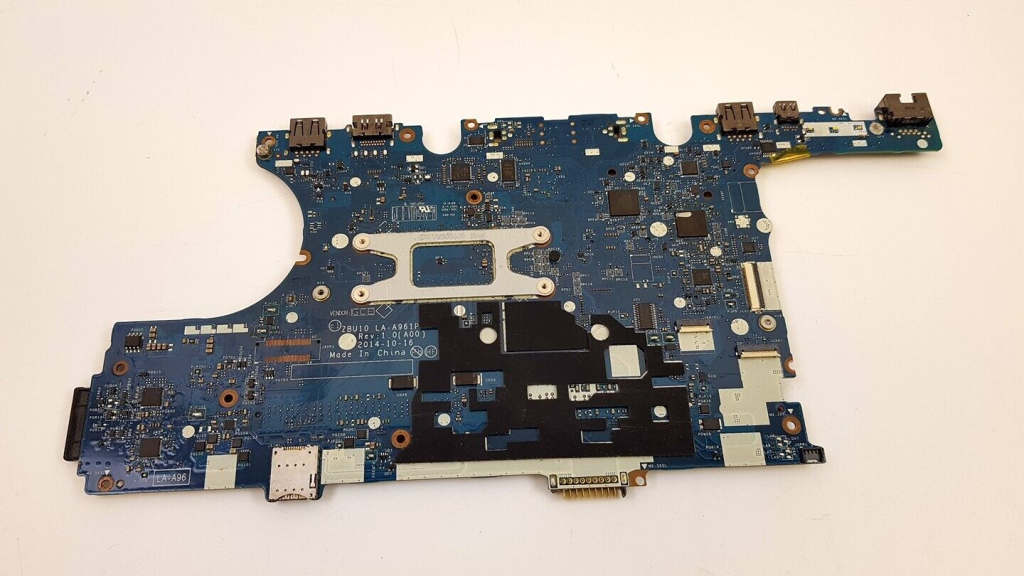The laptop motherboard, frequently referred to as the center of the machine, is a wonder of engineering that orchestrates the symphony of components within a portable research device. Offering since the key worried process, the motherboard represents a essential role in facilitating transmission between the CPU, memory, storage, and different peripherals. Knowledge the intricate design and functionalities of a laptop motherboard is crucial to comprehending the device’s overall performance and capabilities.
The Centre of Connectivity:
At their fact, the notebook motherboard acts because the link of connectivity, adding a variety of parts to make certain seamless communication. It accommodates the processor socket, storage slots, expansion slots, and fittings for peripherals such as USB ports, music jacks, and screen outputs.
Primary Structure and Chipsets:
The architectural style of a notebook motherboard is elaborately tied to the decision of processors and chipsets. Modern laptops often function incorporated graphics, sound, and system features on the motherboard, lowering the requirement for extra expansion cards and contributing to a smaller sized design.
Miniaturization and Small Style:
The persistent quest for miniaturization and efficiency in laptops is reflected in the design of these motherboards. Compact designs, surface-mounted parts, and custom connections allow manufacturers to generate thinner and lighter laptops without diminishing performance.
Energy Distribution and Administration:
Efficient power delivery and administration are important aspects of notebook motherboard design. Voltage regulators make sure that the CPU and different parts get the appropriate energy degrees, optimizing performance while reducing energy consumption. Sophisticated energy administration features also donate to improved battery living in lightweight devices.
Incorporated Artwork and GPU Integration:
Many notebooks incorporate artwork processing products (GPUs) immediately onto the motherboard. This integration improves design performance for daily tasks and gentle gaming without the necessity for a passionate design card, contributing to the laptop’s compact form factor.
Storage Hierarchy:
Laptop motherboards shape the memory hierarchy of the device, determining the type and level of RAM that may be installed. Memory slots on the motherboard straight influence the laptop’s multitasking functions and over all speed.
Growth Possibilities:
While notebooks are often less expandable than their pc alternatives, some motherboards feature growth slots for specific parts such as for example focused design cards, additional storage, or other peripherals. These growth opportunities vary on the basis of the laptop’s style and supposed usage.
Diagnostic and Fix Difficulties:
Restoring or improving parts on a laptop motherboard can be a difficult job as a result of lightweight nature of the device. Surface-mounted parts, amazing fittings, and 02D47N convenience can pose limitations for individuals hoping DIY repairs. Professional specialists designed with specialized methods in many cases are needed for complicated motherboard repairs.

In summary, the laptop motherboard stands as a testament to scientific invention, mixing complex style, connectivity, and power administration to provide a tight however effective processing experience. As laptops continue to evolve, so too may the sophistication of these motherboards, shaping the continuing future of portable computing.
